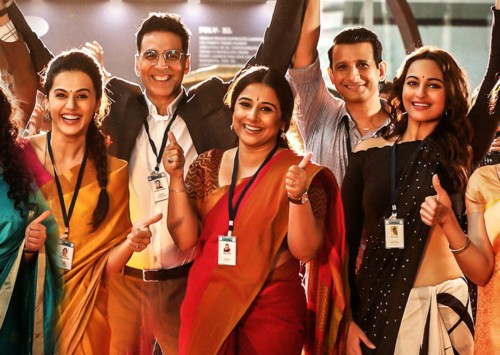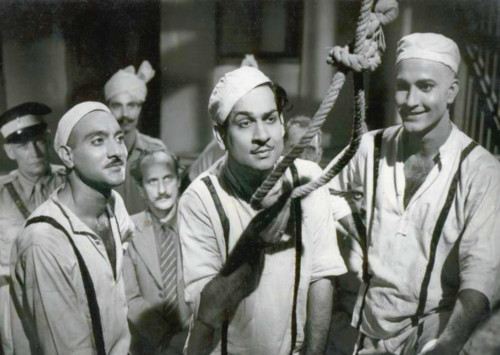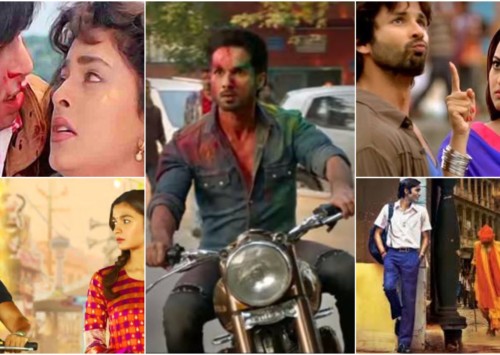Kashmir on the silver screen
Before Switzerland was popularised for its cinematic locations among the Indian audiences, the country had Kashmir that was portrayed as the backdrop for romance. However, now it’s the political turbulence and the issues of terrorism that have taken over the celluloid.
Representation of Kashmir in Indian cinema has seen a shift with the passage of time. Earlier movies used Kashmir as the backdrop for romance, highlighting its picturesque locations surrounded by lush green valleys and snow-capped mountains. However, it was around the 1990s that the situation changed and terrorism drove away the romance from the valley, only highlighting it as a disturbed zone. Even the portrayal of Kashmiri characters in the movies has changed. From merely being the houseboat owners and generalised tribal figures, the films moved on to highlight the stories of people who were affected by the situations in the valley.
The cinematic Kashmir before the insurgency period was idyllic in nature with the Kashmiris inconspicuously missing from the frame. In films like Kashmir Ki Kali (The Bud of Kashmir, 1964), Jab Jab Phool Khile (Whenever the Flowers Bloomed, 1965) and Noorie (1979), it is the romantic and escapist nature of Kashmir in all its glory.
Shift in the outlook
The 1990s saw the sudden outburst of Bollywood movies keen on capitalising violence in Kashmir with the gentle nature of the place now being represented with danger lurking at the corners. The films started having Kashmiri characters that moved from being just props to being used as central characters. With Mani Ratnam’s Roja (1992), Kashmir became the backdrop of political turmoil rather than just the serene untouched land of snow. Then came the movies exploiting the disturbance in the region with mainstream portrayal of the people which made the audience one with the trauma that local people have faced owing to terrorism.
Films like Mission Kashmir and Fiza, both released in 2000, show the transition of innocent young Kashmiri lads into dangerous terror masterminds, after being caught in adverse situations. Similarly, movies like LOC Kargil (2003), Lakshya (2004), Fanaa (2006), Haider (2014), Aiyaari (2018) and the recent Hamid (2018), Widow of Silence (2018) and No Fathers in Kashmir (2019) have dealt with the stories of political conflict, civilian struggle, terrorism in the valley and have also highlighted the human rights violations by the Indian forces in Kashmir.
While most of the movies displayed the army side of the picture, it was Vishal Bhardwaj’s Haider, the modern-day adaptation of Shakespeare’s Hamlet and an adaptation of the Kashmiri co-writer of the movie Basharat Peer’s memoir Curfewed Night, where he shows the conflict between militants and the army. Set in 1995 Kashmir of insurgency, it portrays the “man-made mayhem” in Kashmir as a critic said.
Films like Hamid and Widow of Silence have moved on to tell the story of the common people of Kashmir from those of nationalist army men and separatist radicals. These movies have shown the struggle that civilian’s face who are also the victims of the conflicts.
Post the repealing of Article 370 by the Indian government, Bollywood filmmakers are now rushing to producers’ associations to register movie titles related to the historic decision. With the titles being, Article 370 Abolished, Kashmir Mein Tiranga (Kashmir in Tricolour), and Kashmir Hamara Hai (Kashmir Is Ours), it will be interesting to see how Bollywood will now portray Kashmir and its people on the silver screen.













